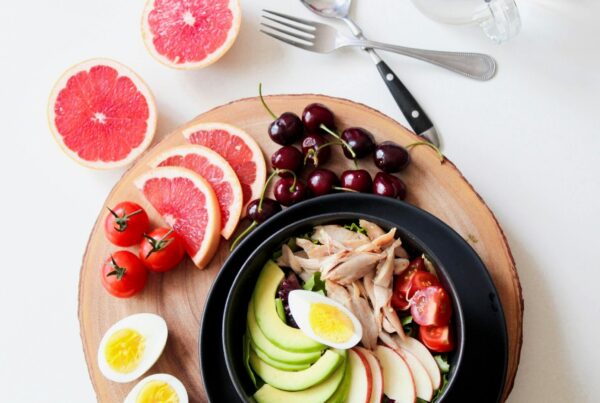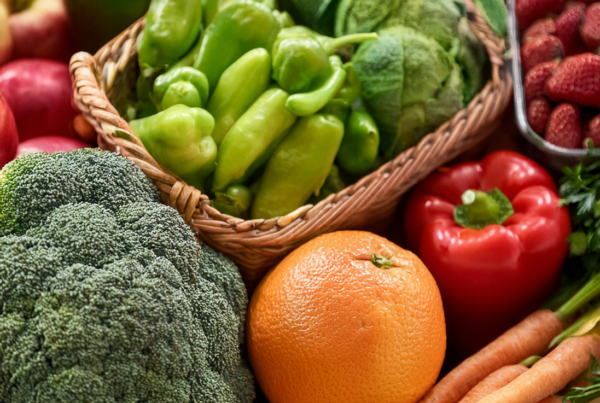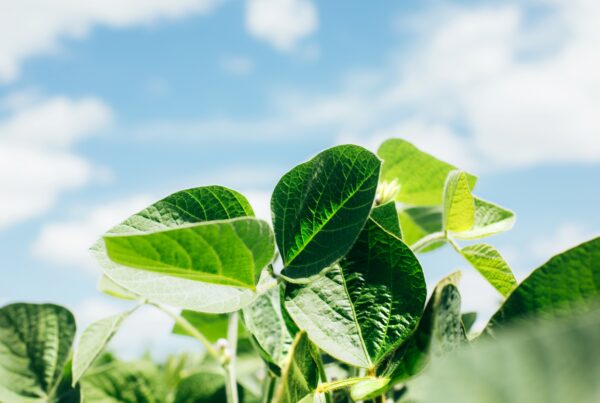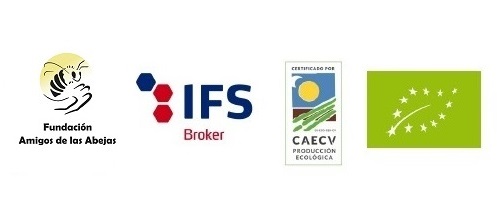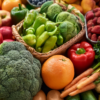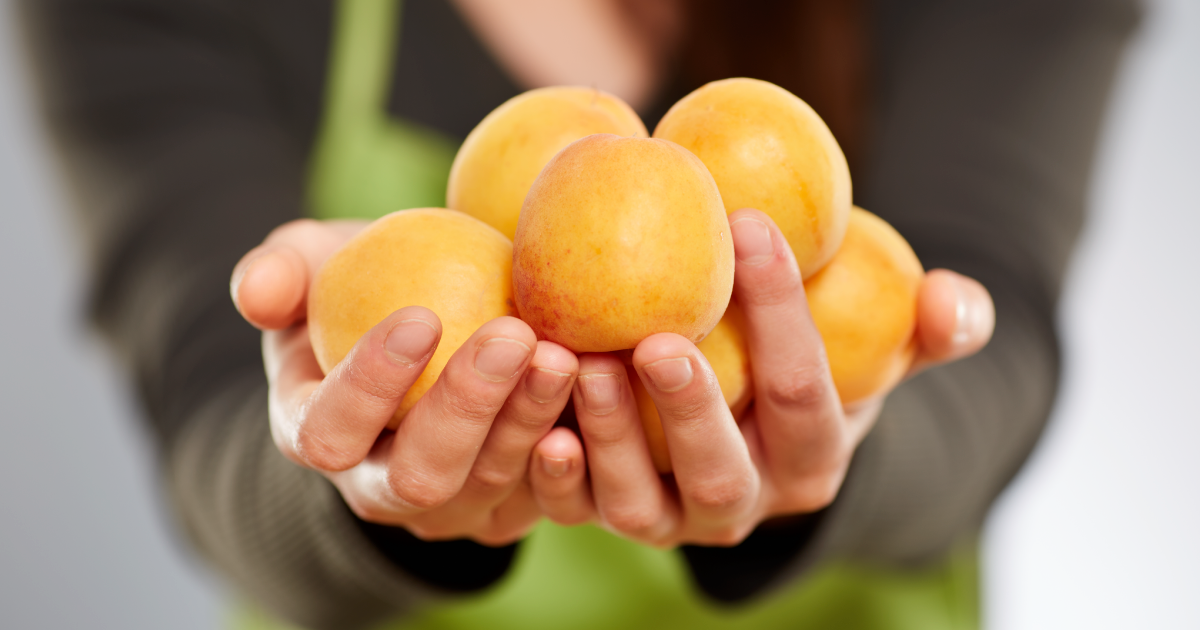
This is the time of year when you can enjoy many types of fruit and, without a doubt, one of the most popular is apricots. This stone fruit originates from the temperate zone of Asia, North Korea and Manchuria, and it was the Romans who introduced it to Europe through Armenia.
The fruit comes from the apricot tree, a tree belonging to the Rosaceae family, which includes more than 2,000 species of shrubs and trees. This type of tree is normally robust with a developed crown, resistant to drought and at the same time very sensitive to frost. They are three to four metres high and have many branches. The fruit must be harvested when fully ripe, otherwise the pulp will not develop its characteristic sweet taste.
What are its characteristics?
It is a fruit rich in iron, potassium, calcium, magnesium and vitamin B3. Moreover, when fresh, they are also rich in tannins, elements with astringent, anti-inflammatory and antioxidant properties which, among other actions, promote digestion.
And if there is one thing that stands out, it is the vitamins A, C and E that it provides, and thanks to this it becomes a great ally to prevent cell degeneration caused by free radicals, which accelerate ageing and are at the origin of many severe diseases, such as cancer. Through beta-carotene, present in vitamin A, the fruit gets its orange tone. Such is the amount of this vitamin that by eating 3 apricots a day, we get half of the recommended daily dose of vitamin A. Regarding vitamin C, with 5 apricots, we would get 20% of the recommended daily intake of this vitamin.
It is rich in carbohydrates (fructose and glucose), however, its energy content is moderate, being approximately 50cal/100g. This is why it is a fruit recommended in slimming diets.
Finally, we are talking about an anti-anaemic fruit, as it increases the body's defences. It is also astringent when fresh and is indicated for depressive states, nervousness, insomnia, poor appetite, diarrhoea or constipation, and for children with rickets or stunted growth.
Here are the different health disorders for which the consumption of apricots is recommended:
- Nervous disorders(physical and mental asthenia, lack of appetite, nervousness, insomnia and depressive states).
- Eye problems (dryness and irritation of the conjunctiva, loss of visual acuity).
- Skin and mucous membrane conditions (prevention against infections and dermatitis, pharyngitis and sinusitis).
- Anaemia.
- Prevention of degenerative diseases.
Its different varieties
Although it is not very common to know the different varieties of apricots that exist, we will tell you that it is a fruit that has several types, and that, in addition, they are very different from each other. Just as we are familiar with Golden, Fuji, Reinetas... today we would like to introduce you to some of the most popular varieties of apricots:
- BulidaMedium size. It is characterised by its intense orange colour, which often shows well spread out red stripes. The flesh is firm, somewhat tough if not fully ripe, and the flesh is a deep yellow, especially under the skin of the more coloured plates.
- CanineMedium to large size. The skin is creamy yellow in colour, the more ripe the fruit is, the more intense the yellow colour becomes, and it can have quite pronounced stripes. The flesh is orange, firm and very aromatic.
- CurrotThey are small and have a delicate skin, more white and pink than orange, with a slightly sour taste. This variety is one of the least sweet we find.
- Red chevronOne of the most popular in our country. Its size ranges from small to medium. It is orangey in colour with a reddish tinge where it is exposed to the sun, which is why it is called galta roja (red cheek in Catalan). It is juicy, very aromatic and quite sweet.
- MoniquíOne of the most demanded varieties. Its size is large and its shape ranges from round to semi-oval. The skin is satiny and slightly grainy to the touch. They are yellow and pale orange in colour, with the characteristic red stripes of other varieties being infrequent. Very sweet flavour and in great demand.
- NancyLarge in size, spherical, with a yellow, almost golden skin, with irregular red veining. The flesh is tasty but slightly acidic.
- PaviotIt may be the largest variety, measuring 8 to 9 centimetres. Its skin is an intense creamy-yellow colour, including very attractive maroon plates. The flesh is also orange and highly prized.
The ears
When apricots are dried, they become dried apricots, a sweet and nutrient-rich food. Apricot kernels are apricot halves, pitted and dried or dehydrated in the sun or in an oven to speed up the process. By removing the water, germs and bacteria that feed on the sugars are prevented from proliferating. After that, it is very easy to preserve them for months: put them in a tightly closed glass jar and store them in a dry, dark place. The nutritional values are preserved in this way.
We hope this article has helped you to learn more about apricots, the different benefits they have for our health, and the varieties that exist. Take advantage of the fact that we are in the best season for their consumption!
We do not want to close this article without reminding you that at Iberiana, in addition to ORGANIC products, we offer our customers the best conventional products which, in themselves, already undergo rigorous quality systems. In addition, we have expanded our offer with Demeter products, the result of biodynamic agriculture, which we encourage you to get to know.

